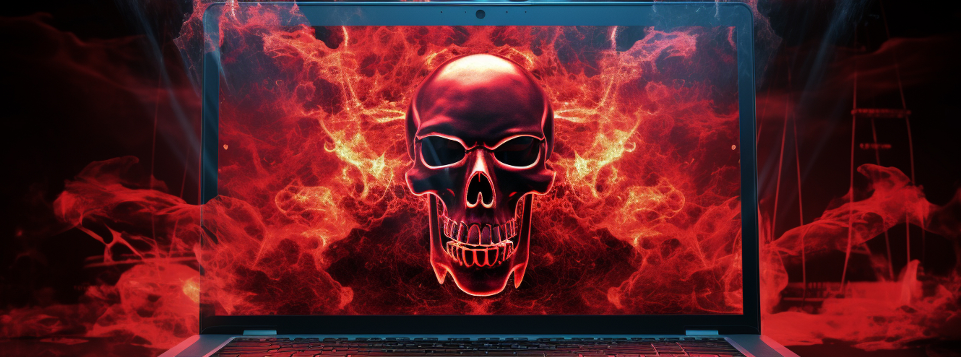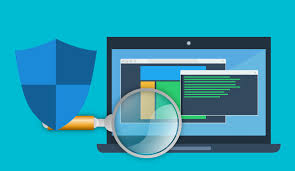Security researchers have discovered a major vulnerability in Wi-Fi Protected Access 2 (WPA2). WPA2 is a type of encryption used to secure the vast majority of Wi-Fi networks. A WPA2 network provides unique encryption keys for each wireless client that connects to it.
Think of encryption as a secret code that can only be deciphered if you have the “key,” and a vital technology that helps keep digital data away from intruders and identity thieves.
The vulnerability, dubbed “KRACKs” (Key Reinstallation AttaCKs), is actually a group of multiple vulnerabilities that when successfully exploited, could allow attackers to intercept and steal data transmitted across a Wi-Fi network. Digital personal information that is transmitted over the Internet or stored on your connected devices — such as your driver’s license number, Social Security number, credit card numbers, and more — could be vulnerable. All of this personal information can be used toward committing identity theft, such as accessing your bank or investment accounts without your knowledge.
In some instances, attackers could also have the ability to manipulate web pages, turning them into fake websites to collect your information or to install malware on your devices.
(more…)








